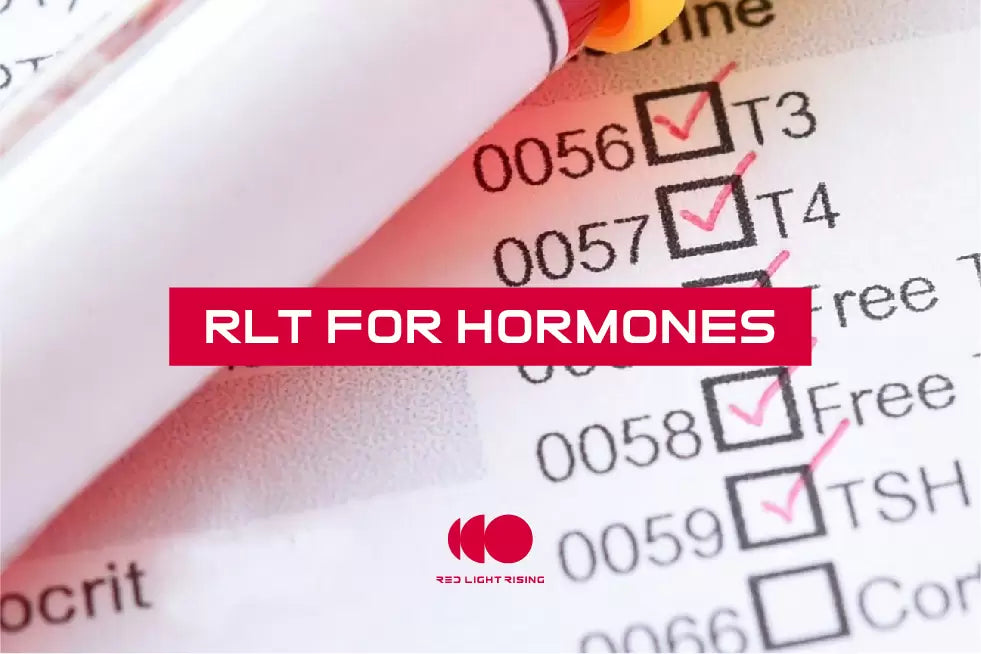Exploring the Role of Red Light Therapy in Supporting Hormonal Health
Hormones play a pivotal role in regulating various bodily functions, from growth and metabolism to reproductive health and mood. These chemical messengers are produced by endocrine glands and secreted directly into the bloodstream, influencing target cells and organs. The body's hormonal balance is delicately maintained, with even minor fluctuations potentially leading to health issues.
- The Interplay Between Red Light Therapy and Hormonal Health
- Investigations into RLT and Hormonal Conditions
- Conclusion: A Glimpse into Hormonal Health Optimization
The Interplay Between Red Light Therapy and Hormonal Health
Red Light Therapy (RLT) utilizes specific wavelengths of light, primarily red and near-infrared (660nm and 850nm), which are believed to penetrate skin layers and support cellular functions. This therapy has been explored for its potential to enhance mitochondrial ATP production, which is crucial for energy generation in cells. Such cellular support might indirectly influence the glands responsible for hormone production, potentially aiding in the maintenance of hormonal balance.

Investigations into RLT and Hormonal Conditions
While research into RLT's direct effects on hormone regulation is still developing, preliminary studies offer intriguing insights. For example, investigations into female fertility and thyroid function have begun to assess RLT's impact:
- A Japanese study explored RLT's potential to assist in pregnancy induction among severely infertile females, noting a positive outcome in a subset of participants without reported adverse effects.
- Research on chronic autoimmune thyroiditis patients suggested that RLT might contribute to a reduction in thyroid peroxidase (TPO) antibodies and influence thyroid medication requirements, indicating a possible supportive role in managing thyroid-related conditions.

Conclusion: A Glimpse into Hormonal Health Optimization
As we continue to uncover the intricacies of hormonal health, Red Light Therapy emerges as a promising area of exploration. Although definitive conclusions about its efficacy in hormone optimization await further research, the current understanding encourages a thoughtful consideration of RLT as part of a holistic approach to wellness. Engaging in new therapeutic modalities, under the guidance of healthcare professionals, might offer additional pathways to achieving hormonal balance and overall health.
Sources of Information:

